All about A0 format plotters
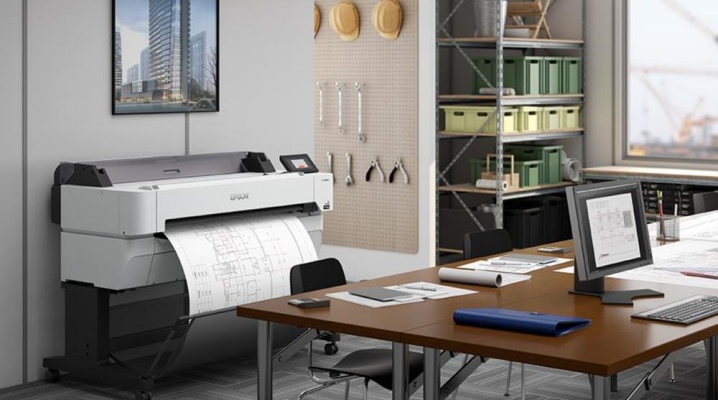
Most office printers are designed to work with A4 paper. Therefore, when it becomes necessary to print on large formats, you have to use specialized equipment. If your activity is related to printing, education or engineering, it is worth considering the features and varieties of A0 format plotters, as well as familiarizing yourself with tips for choosing this technique.
Peculiarities
The first plotters were huge tablets with a system for positioning the writing or cutting head, which markedly distinguished them from the usual printers. Nowadays, this design is retained only in certain models of inkjet and cutting plotters, while other varieties of them, especially A0 plotters for printing drawings, in fact, differ little from printers. All of them necessarily have a paper feed tray, and some models can work with rolls.


Purchase of A0 format plotters justified in engineering companies, design bureaus, advertising firms, printing houses and educational organizations, in which large drawings and posters often have to be printed.
The great advantage of this technique is that it is capable of printing on a wide range of paper sizes.
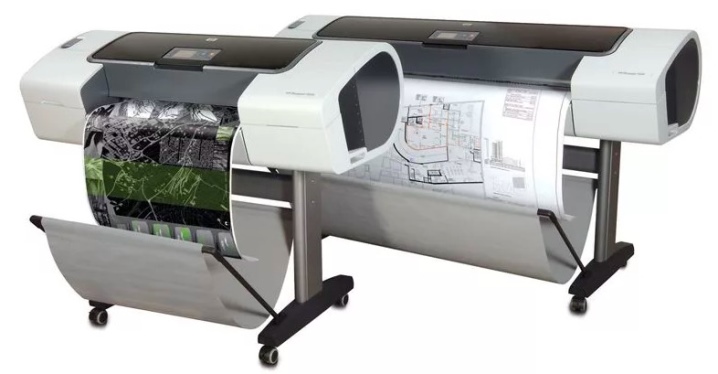
The main differences between plotters and printers:
- large format;
- high printing speed;
- the presence of a built-in cutter in most models;
- color calibration mode for different types of paper;
- improved paper handling system (vacuum paper clamping is often used);
- complex embedded software.
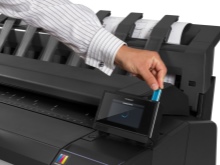

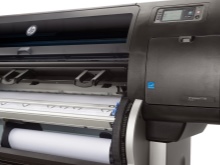
Model overview
The following companies have now become leading manufacturers of various types of plotters:
- Canon;
- Epson;
- HP;
- Roland;
- Mimaki;
- Graphtec.
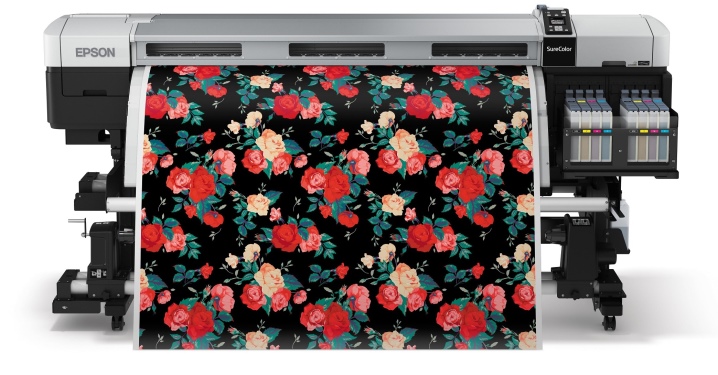
The following models of A0 format plotters are most popular on the Russian market:
- HP DesignJet T525 - Inkjet color version with 4 colors, roll feed, cutter and Wi-Fi module;
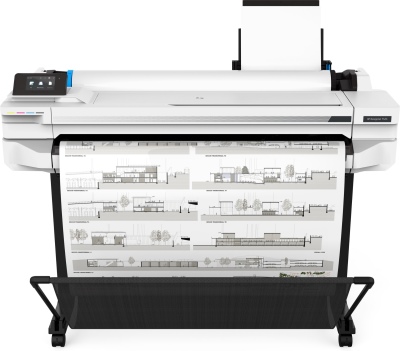
- Canon imagePROGRAF TM-300 - 5-color inkjet plotter, differs from the previous model with expanded memory from 1 to 2 GB;
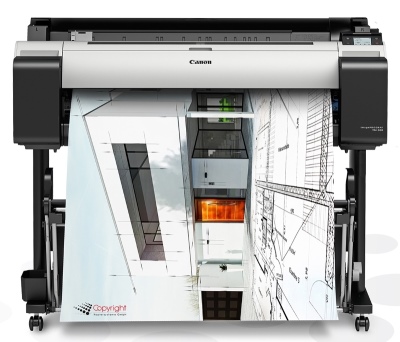
- Epson SureColor SC-T5100 - 4-color roll-fed or sheet-fed inkjet model;
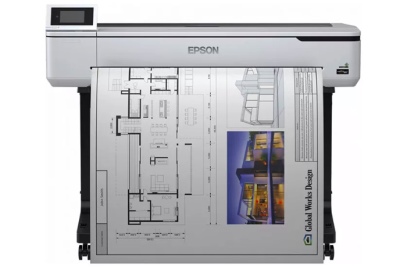
- HP Designjet T525 (36 ") - 4-color inkjet version with built-in CISS and autonomous mode;
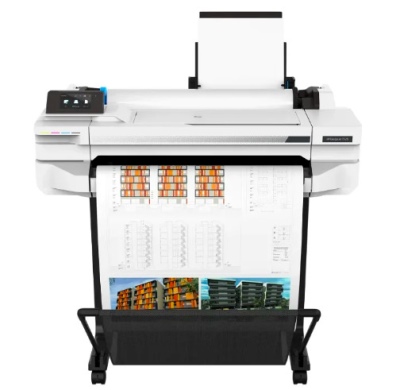
- Roland VersaStudio BN-20 - compact desktop 6-color plotter with cutter;
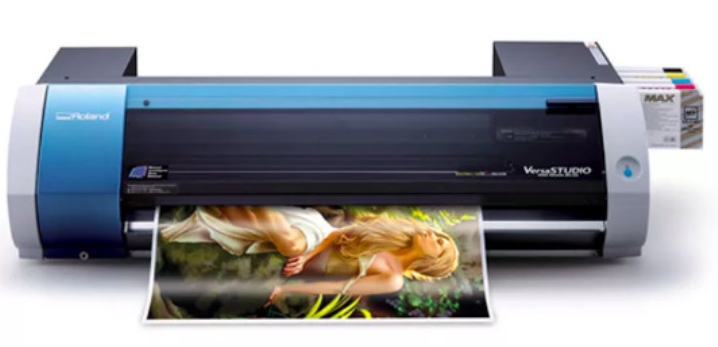
- OCÉ plotwave 345/365 - black and white laser floor plotter with built-in scanner and stand-alone mode;
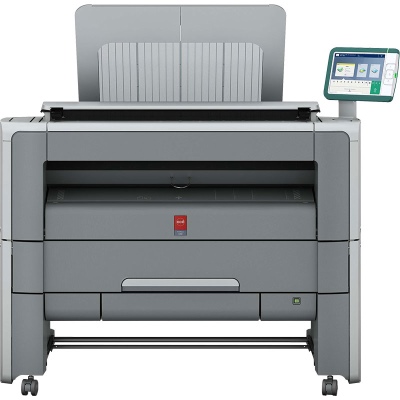
- Mimaki JV150-160 - solvent 8-color plotter with CISS and roll feed.
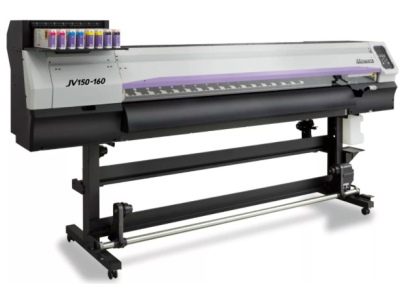
Criterias of choice
Before proceeding with the choice of a specific model, it is worth deciding on the type of preferred plotter:
- inkjet models provide high image quality at an acceptable print speed (up to 30 seconds per sheet), and the installation of CISS allows you to forget about replacing cartridges for a long time;
- laser options are distinguished by a higher definition of lines, moreover, the maintenance of b / w laser plotters is cheaper than inkjet ones;
- solvent plotters are modernized inkjet models with lower ink consumption and cheaper consumables;
- latex models are used in the manufacture of posters, other types of outdoor and indoor advertising, providing unsurpassed protection of finished prints from moisture and other environmental factors;
- sublimation options are used for large-circulation printing on fabrics, therefore, they are indispensable in printing houses engaged in the manufacture of souvenirs and decorative elements;
- UV-plotters allow you to apply images to plexiglass, fabric, wood, plastic and other non-traditional materials for printing, therefore, they are used in advertising, design, making souvenirs and in production;
- cutting plotters are mainly used in the advertising industry to cut adhesive tape used in compositions and signage;
- 3D plotters, in fact, are simplified 3D printers and allow you to quickly and efficiently create any large-scale 3D model, therefore they are widely used in engineering, industrial design, architecture and medicine.

Considering inkjet and laser models designed for working with paper, it is worth paying special attention to several parameters.
- Performance - high-speed machines will cost more than slow ones, but they will allow you to print large editions. It is worth focusing on models for which the print speed of one sheet does not exceed 50 seconds. High-performance models can print at speeds up to 30 seconds per sheet.
- Colors - the number of colors in color plotters should correspond to the color model accepted in your field of activity. When considering inkjet devices, look especially for options with two black colors or an optional gray cartridge - they provide sharper printing.
- Print quality - the accuracy of drawing the image should not be lower than 0.1%, and its thickness should not exceed 0.02 mm. In inkjet plotters, a parameter such as the volume of a drop strongly affects the resolution of the resulting image. It is worth looking for models in which this characteristic does not exceed 10 picoliters.
- Tray for finished sheets - Previously, all plotters were equipped with a standard “basket”, in which large-format prints tended to curl into a roll. More recent models are often equipped with an alternative impression receptor to solve this problem.
- Ink (toner) consumption - this parameter determines the economic efficiency of the device. If you are interested in large print runs, you should choose more economical models or options with a wide range of print quality adjustments.
- Additional functions - it's worth finding out in advance if you need popular options like a cutter, CISS, hard drive, Wi-Fi module and offline mode.

An overview of the popular Canon A0 format plotter, see below.













The comment was sent successfully.